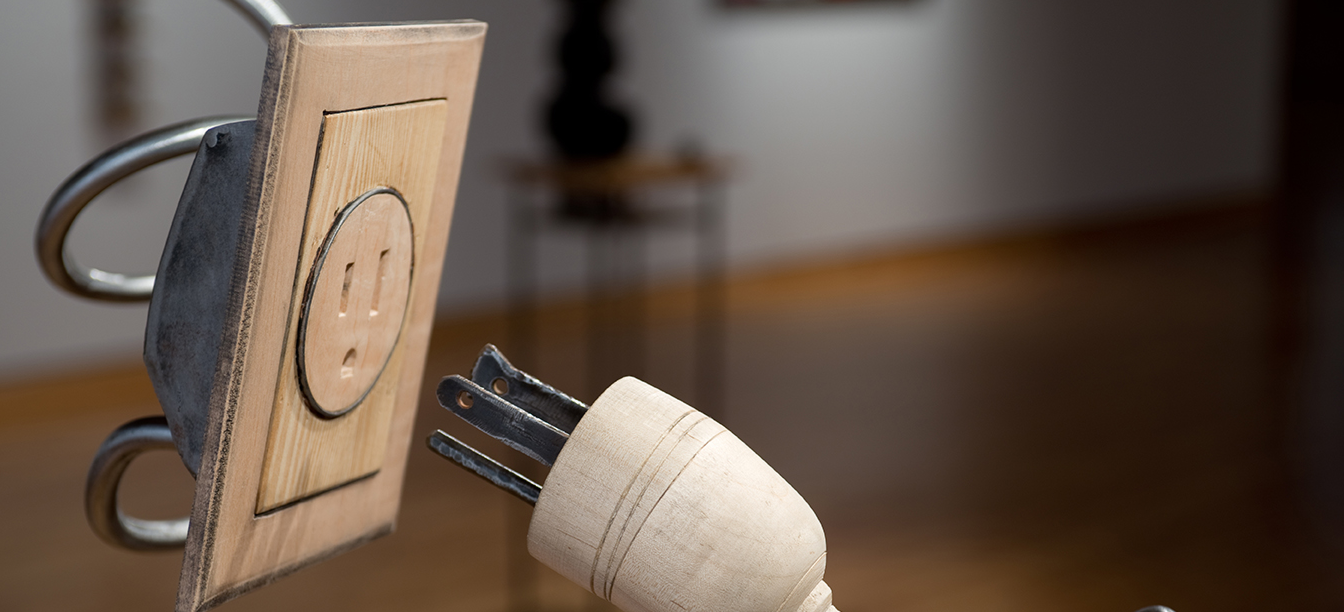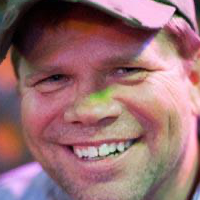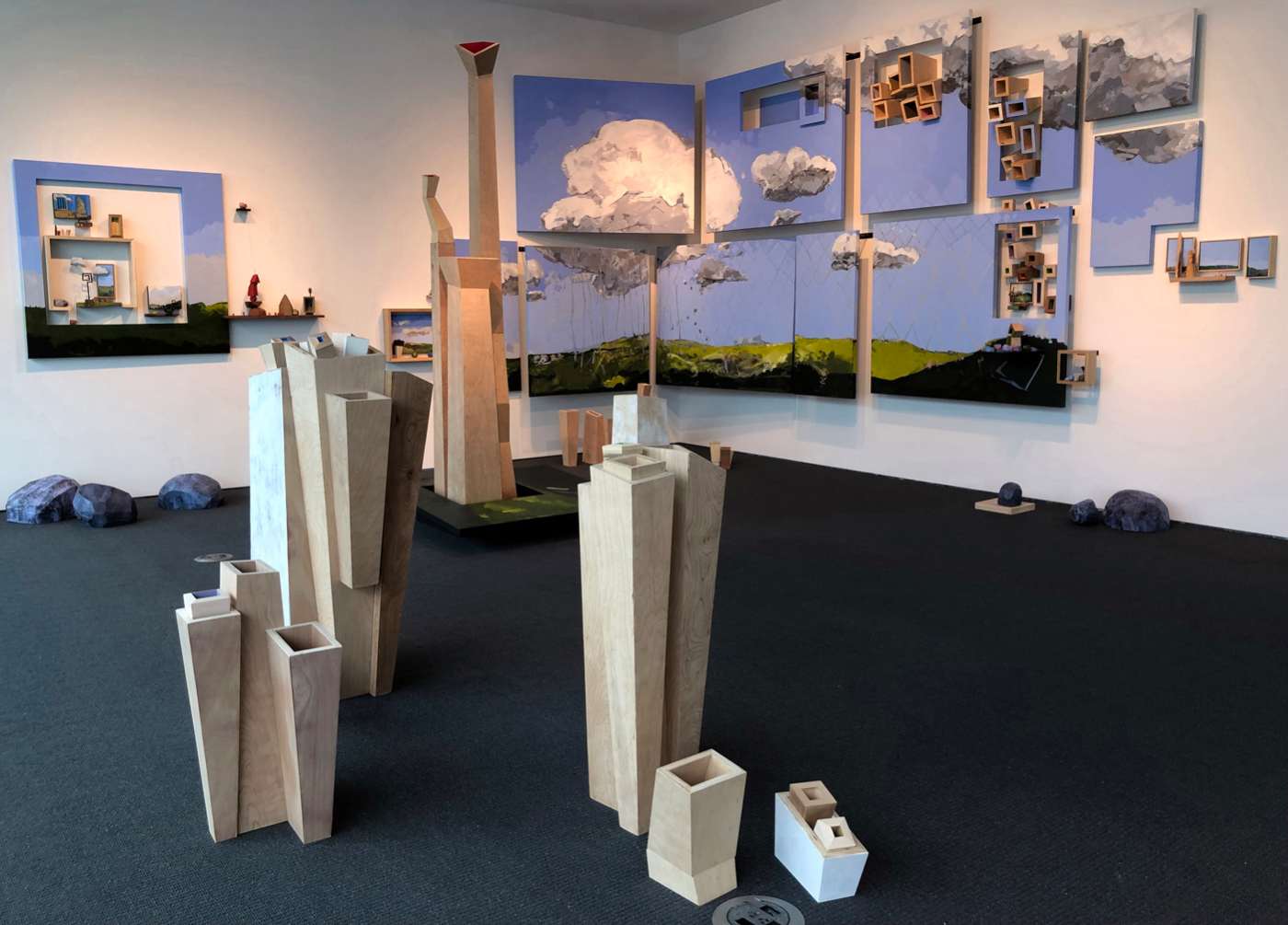Clifford Tresner
Brief Bio:
Clifford Tresner attended Indiana State University, Terre Haute, IN, and earned a BFA in Sculpture/Woodworking in 1990. He received his MFA from The University of Mississippi in Oxford in 1994. Mr. Tresner is currently an associate professor of Art at the University of Louisiana, Monroe, LA.
With a firm belief in doing as well as teaching, Mr. Tresner has continued his practice as a professional artist exhibiting creative work in the areas of drawing, painting, and sculpture. His many awards include Best in Show in the Louisiana Contemporary at the Ogden Museum of Southern Art; a Purchase Award from the Mathews-Sanders Sculpture Garden, Cleveland, MS; a Purchase Award at the 31st Annual McNeese National Works on Paper at McNeese State University, Lake Charles, LA; and a Louisiana Division of Arts Fellowship. Mr. Tresner has an extensive exhibition record in drawing, painting, and sculpture at venues including the Paul and Lulu Hilliard University Museum, Lafayette LA; Newcomb Gallery, Tulane University; Memphis College of Art; the University of Arkansas at Little Rock; Masur Museum of Art, Monroe LA; Huntsville Museum of Art, AL; and the Arthur R. Pierce Gallery, West Virginia Institute of Technology.
Artist Statement
In the simplest terms, my work is about questioning. I tend to question everything and doubt the answer. I learned quickly from my father and in public education to temper my questions and accept answers for what they are.
In the studio, I have freedom to question and doubt. While individual works may deal with specific subject matter, the underlying structure is questioning the nature of relationships. What happens if I do this or that to a material, or place one object adjacent to another? I am constantly working out the elements of a composition, balancing what I know of furniture design and other functional crafts with fine art practices. When I have provided enough answers via the "art object" I question if I was asking the right things in the first place. Then comes a period of destruction, dismantling, or taking apart. Through this process, I come to terms with my inquisitive nature. I revel in it, and during a cycle of creation and destruction, arrive at an answer I can live with. When making a successful piece, walking the line between its content and form, I realize how interconnected my practice is with all aspects of my life.
My influences are as varied as the way I piece my work together. I take great pleasure discovering other artists' work, analyzing how they are perceived, and taking what I need from them. All things relative, I borrow my historical perspective, sense of craft, conceptual flexibility, playfulness, and connection to materials from the likes of Marcel Duchamp, Anthony Gormley, David Nash, Cy Twombly, and Leonardo da Vinci. This is by no means a definitive statement, but it is an effective introduction to my work and myself.
WORK


